

- RFQ
- BOM
-
Contact Us
Tel: +86-0755-83501315
Email: sales@sic-components.com
- Chinese
- English
- French
- German
- Portuguese
- Spanish
- Russian
- Japanese
- Korean
- Arabic
- Irish
- Greek
- Turkish
- Italian
- Danish
- Romanian
- Indonesian
- Czech
- Afrikaans
- Swedish
- Polish
- Basque
- Catalan
- Esperanto
- Hindi
- Lao
- Albanian
- Amharic
- Armenian
- Azerbaijani
- Belarusian
- Bengali
- Bosnian
- Bulgarian
- Cebuano
- Chichewa
- Corsican
- Croatian
- Dutch
- Estonian
- Filipino
- Finnish
- Frisian
- Galician
- Georgian
- Gujarati
- Haitian
- Hausa
- Hawaiian
- Hebrew
- Hmong
- Hungarian
- Icelandic
- Igbo
- Javanese
- Kannada
- Kazakh
- Khmer
- Kurdish
- Kyrgyz
- Latin
- Latvian
- Lithuanian
- Luxembou..
- Macedonian
- Malagasy
- Malay
- Malayalam
- Maltese
- Maori
- Marathi
- Mongolian
- Burmese
- Nepali
- Norwegian
- Pashto
- Persian
- Punjabi
- Serbian
- Sesotho
- Sinhala
- Slovak
- Slovenian
- Somali
- Samoan
- Scots Gaelic
- Shona
- Sindhi
- Sundanese
- Swahili
- Tajik
- Tamil
- Telugu
- Thai
- Ukrainian
- Urdu
- Uzbek
- Vietnamese
- Welsh
- Xhosa
- Yiddish
- Yoruba
- Zulu
- Kinyarwanda
- Tatar
- Oriya
- Turkmen
- Uyghur
How Integrated Circuits Are Revolutionizing The Automotive Industry?
In the dynamic realm of modern automotive technology, few advancements have had as profound an impact as integrated circuits (ICs). These minuscule yet mighty electronic components are the unsung heroes powering the transformation of the automotive industry, revolutionizing everything from vehicle performance and safety to the overall driving experience.
ICs: The Brains Behind Engine and Powertrain Precision
Traditional automotive engines relied on mechanical systems, but the modern era has witnessed a seismic shift. Integrated circuits have taken center stage in engine and powertrain control, optimizing performance like never before. Engine Control Units (ECUs), equipped with ICs, act as the engine's command center. They precisely regulate variables such as the air-fuel ratio, ignition timing, and emissions. By analyzing real-time data, ICs ensure engines run at peak efficiency, translating to better fuel economy, reduced emissions, and enhanced power output.
In hybrid and electric vehicles, the significance of ICs multiplies. They manage the complex interplay between batteries, electric motors, and regenerative brakes. For instance, during braking, ICs efficiently convert kinetic energy into electrical energy and store it in the battery, maximizing energy recovery. This not only improves the vehicle's range but also reduces wear on traditional braking components. Additionally, innovative features like start-stop systems, made possible by ICs, automatically shut off the engine when the vehicle is stationary and restart it when needed, further conserving fuel and minimizing emissions.
Fortifying Safety and Paving the Way for Autonomy
Safety is the cornerstone of the automotive industry, and ICs play a pivotal role in enhancing vehicle safety and enabling autonomous driving. Advanced Driver - Assistance Systems (ADAS), a suite of safety features becoming standard in modern cars, rely heavily on ICs. Sensors, cameras, radars, and lidar systems, all integrated with ICs, work in tandem to detect potential hazards on the road. Adaptive cruise control, for example, uses ICs to adjust the vehicle's speed based on the distance to the vehicle ahead. Lane - keeping assist alerts the driver or even corrects the vehicle's path if it drifts out of its lane.
As the automotive industry hurtles towards fully autonomous driving, ICs will be the linchpin of this transformation. Self - driving cars require vast amounts of data processing in real - time to make split - second decisions. High - performance ICs power the algorithms that analyze sensor data, recognize objects, and plan the vehicle's route. Companies like Tesla with its Full Self - Driving (FSD) and General Motors with Super Cruise rely on sophisticated ICs to handle complex tasks such as obstacle recognition and path planning, bringing the dream of autonomous transportation closer to reality.
Redefining the Driving Experience: Infotainment and Connectivity
Integrated circuits have also revolutionized the in - car experience. Infotainment systems, once limited to basic radios and CD players, have evolved into comprehensive hubs of entertainment, communication, and navigation. Thanks to ICs, modern vehicles offer seamless connectivity with smartphones, wearable devices, and home automation systems. Bluetooth technology, enabled by ICs, allows drivers to connect their phones and stream music or make hands - free calls. Wi - Fi and cellular network connectivity ensure that passengers can access the internet, receive real - time traffic updates, and stream media while on the go.
Moreover, voice - commanded digital assistants like Amazon Alexa and Google Assistant have found their way into cars, making it easier for drivers to control various functions without taking their hands off the wheel. Additionally, ICs support Over - the - Air (OTA) software updates. This means manufacturers can remotely update a vehicle's software, fixing bugs, adding new features, and improving performance without the need for the vehicle to visit a dealership. This not only enhances the user experience but also keeps vehicles up - to - date with the latest technology.
Powering the Electric Vehicle Revolution
The global shift towards electric vehicles (EVs) is being driven in large part by integrated circuits. ICs are essential for managing EV powertrains, controlling batteries, and powering electric motors. In battery - electric vehicles (BEVs), smart Battery Management Systems (BMS), incorporating ICs, monitor the battery's state of charge, temperature, and health. By precisely controlling the charging and discharging process, ICs optimize battery performance, extend battery life, and increase the vehicle's range.
ICs are also crucial for high - power inverters, which convert direct current (DC) from the battery into alternating current (AC) to drive the electric motors. Furthermore, as charging technologies for EVs evolve, ICs are at the forefront. Fast - charging, wireless charging, and bi - directional charging technologies all rely on ICs to manage the flow of electricity safely and efficiently, making EVs more convenient and accessible.
V2X Communication: Building Smart Cities and Intelligent Transportation
Vehicle - to - Everything (V2X) communication, encompassing Vehicle - to - Vehicle (V2V), Vehicle - to - Infrastructure (V2I), and Vehicle - to - Pedestrian (V2P) technologies, is another area where ICs are making a significant impact. V2X communication, enabled by ICs, allows vehicles to exchange information with each other and their surroundings in real - time. This technology has the potential to revolutionize traffic management, reduce congestion, and enhance road safety.
For example, V2V communication can alert drivers of potential collisions or traffic jams ahead, enabling them to take evasive action. V2I communication allows vehicles to receive information from traffic lights, road sensors, and other infrastructure, optimizing driving routes and reducing wait times. As smart cities continue to develop, V2X communication, powered by ICs, will be a key component in creating a more efficient and sustainable transportation ecosystem.
Navigating the Challenges of IC Integration in Automotive
Despite the numerous benefits ICs bring to the automotive industry, their integration is not without challenges. The increasing complexity of vehicle electronics means that more ICs are required in modern vehicles, leading to greater design, manufacturing, and maintenance complexities. Automotive components must also withstand harsh conditions, including extreme temperatures, vibrations, and electromagnetic interference. Ensuring the reliability and longevity of ICs in such environments is a constant challenge for automotive engineers.
The global semiconductor shortage, exacerbated by events like the COVID - 19 pandemic, has also had a significant impact on the automotive industry. Many automakers have been forced to cut production or delay new vehicle launches due to a lack of essential semiconductor chips. This shortage has highlighted the need for a more resilient and diversified semiconductor supply chain in the automotive sector.
In conclusion, integrated circuits are the driving force behind the automotive industry's transformation. From enhancing engine performance and safety to enabling the electric and autonomous vehicle revolution, ICs are shaping the future of transportation. As technology continues to advance, we can expect ICs to play an even more significant role in making vehicles safer, smarter, more connected, and environmentally friendly. However, to fully realize the potential of ICs in the automotive industry, it is essential to address the challenges associated with their integration and ensure a stable semiconductor supply.
Welcome to the world of Automotive Integrated Circuits (ICs) – the essential components that power the advanced electronics in today's vehicles. Our Automotive ICs are designed to meet the stringent performance and reliability requirements of the automotive industry, providing support for a wide range of vehicle applications such as powertrain control, safety systems, infotainment, and advanced driver assistance systems (ADAS). Our Automotive ICs are built to withstand the harsh environments of automotive operation, with robust designs that can withstand high temperatures, vibrations, and electromagnetic interference. With a focus on high performance, low power consumption, and high reliability, our Automotive ICs are the ideal choice for automotive manufacturers looking to incorporate cutting-edge technology into their vehicles. With our Automotive ICs, you can trust that your vehicles will deliver the advanced features and functionality that today's drivers demand, while meeting the strict safety and quality standards of the automotive industry.
https://www.sic-components.com/industrial-automation-and-controls

Hot Products
View MoreRelated Blogs

2000+
Daily average RFQ Volume

30,000,000
Standard Product Unit

2800+
Worldwide Manufacturers

15,000 m2
In-stock Warehouse



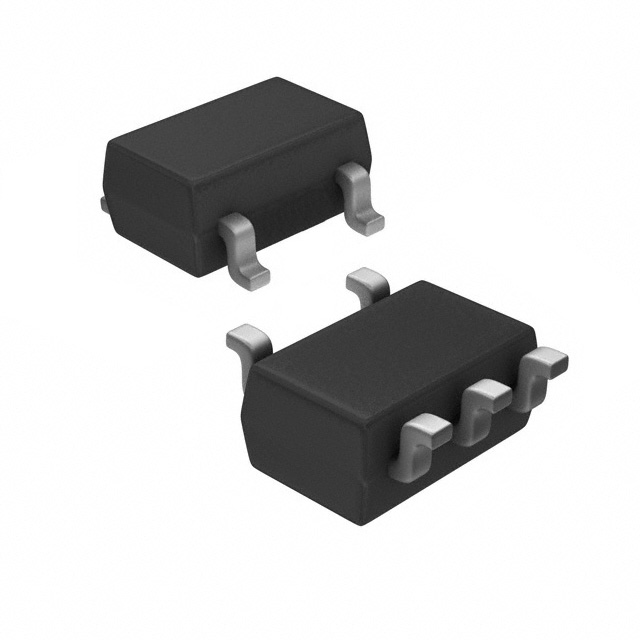
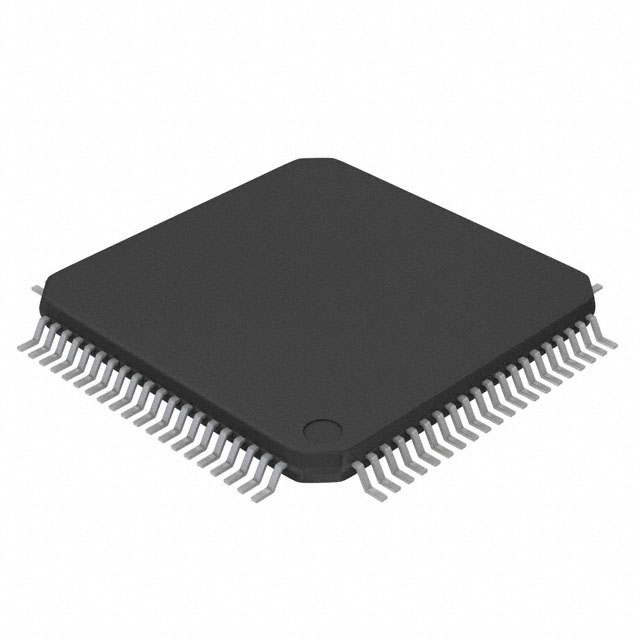
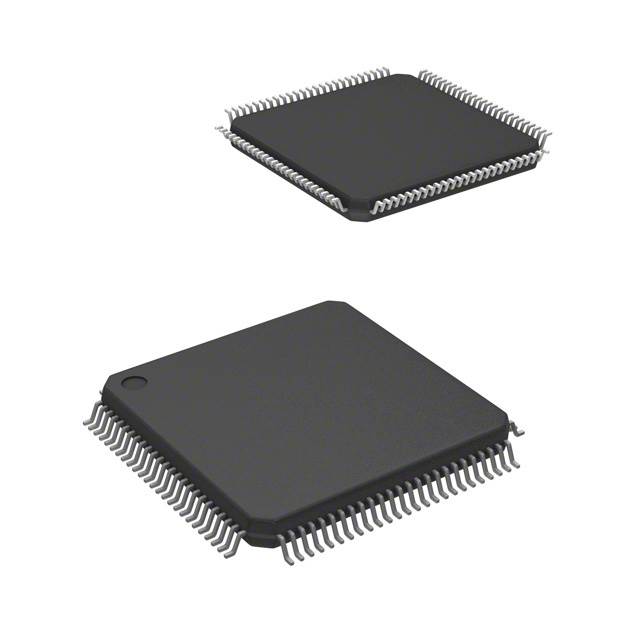
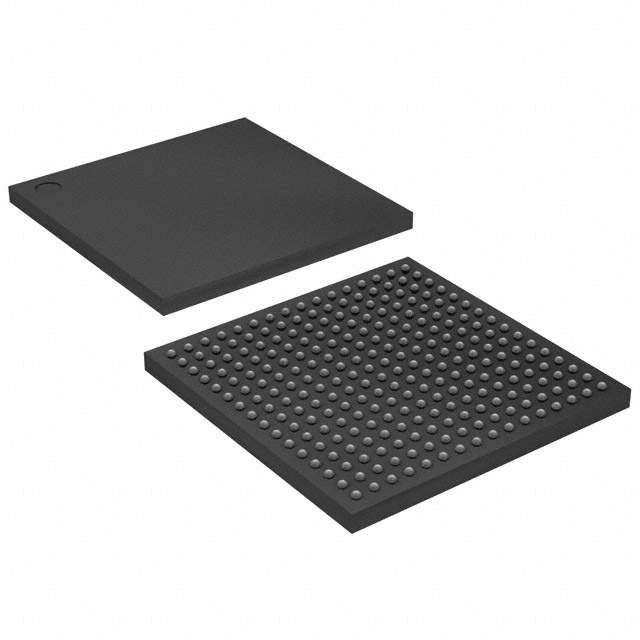
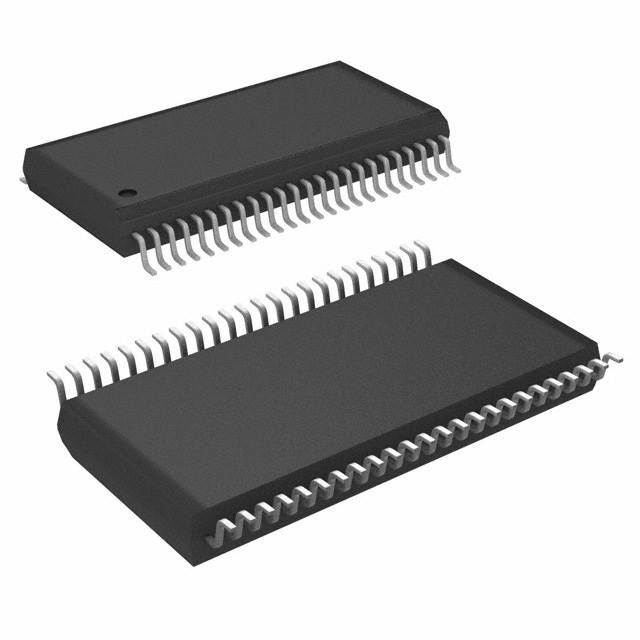
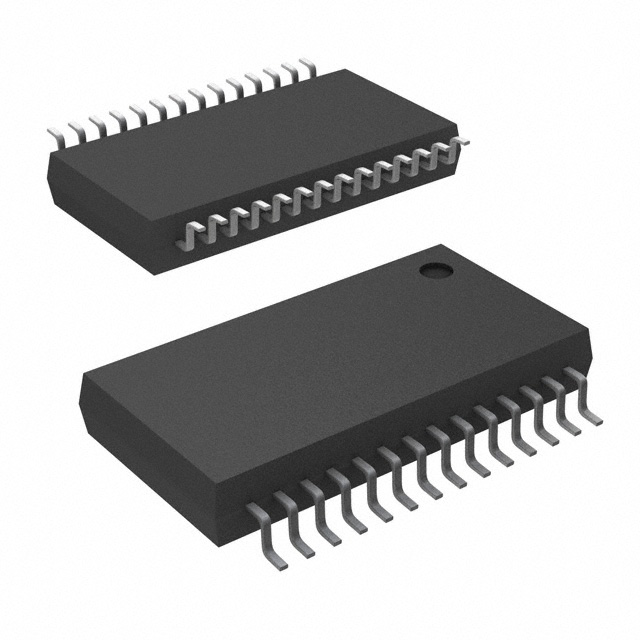
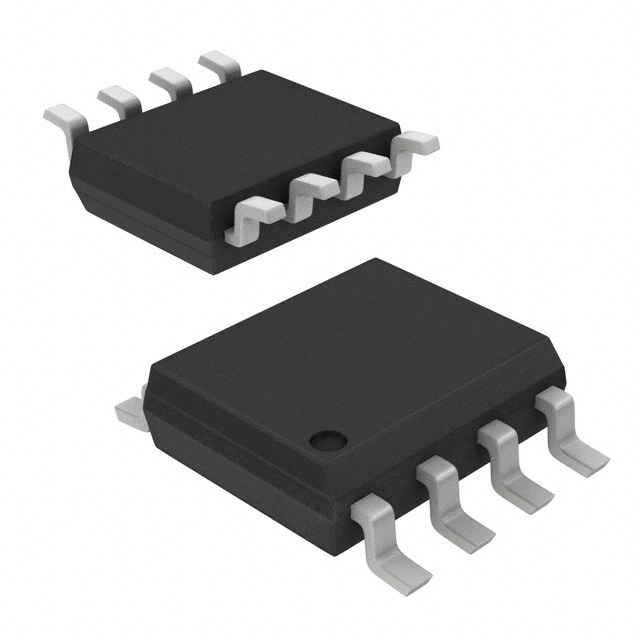
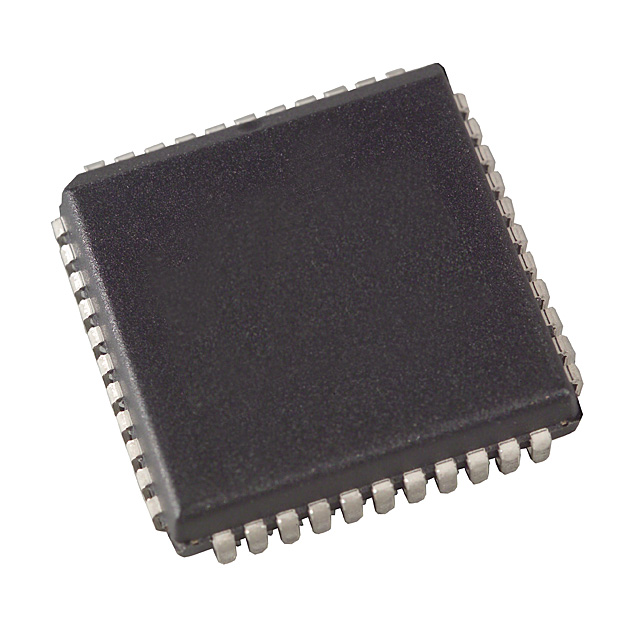
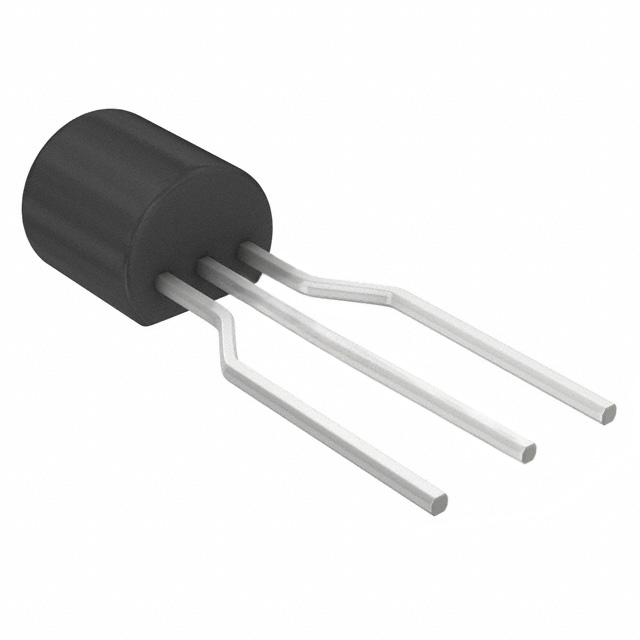
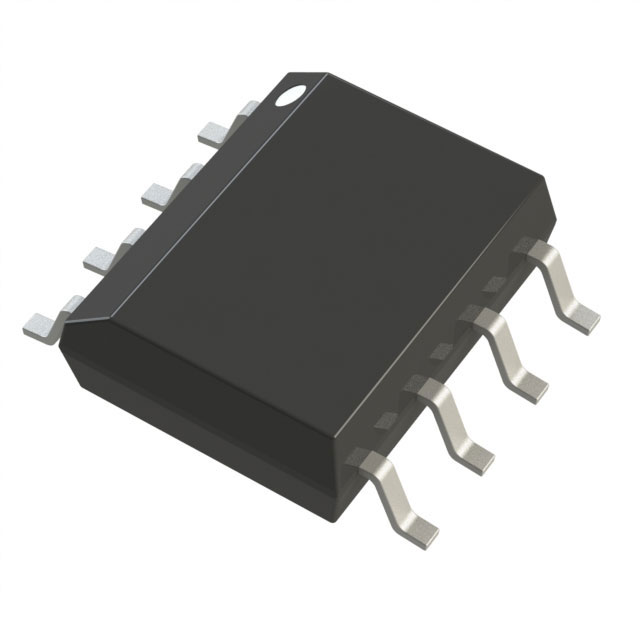
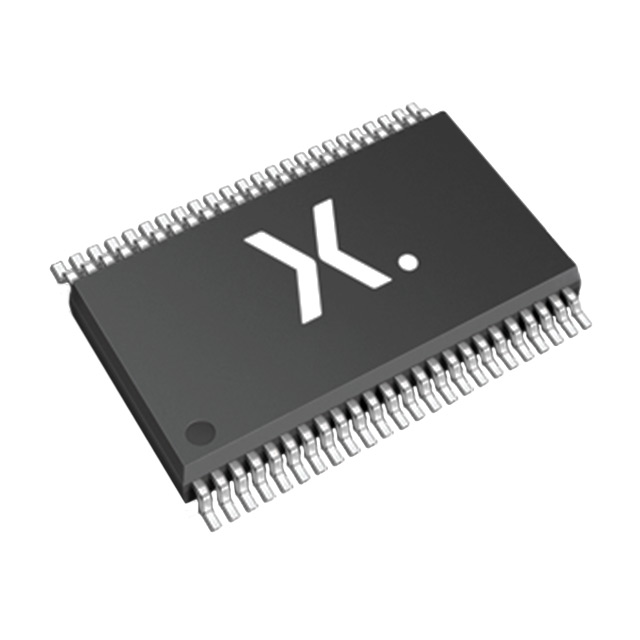
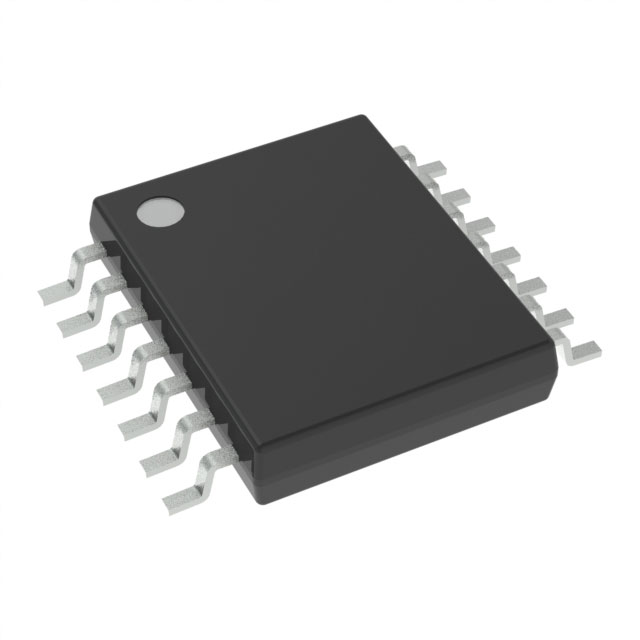
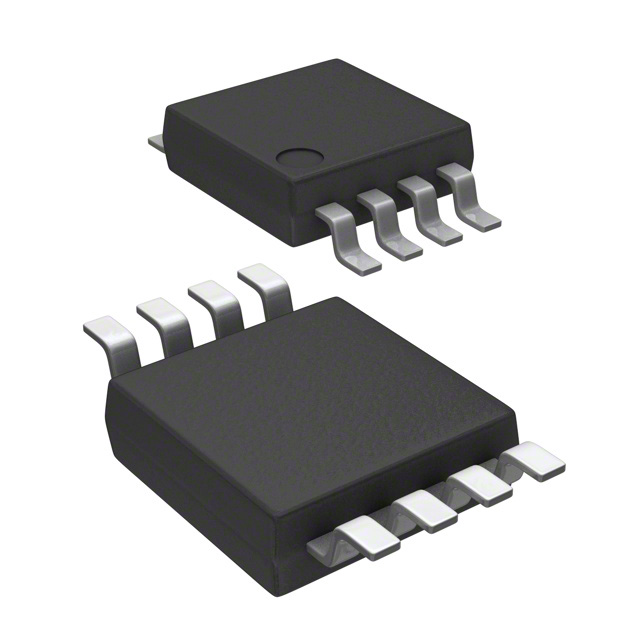
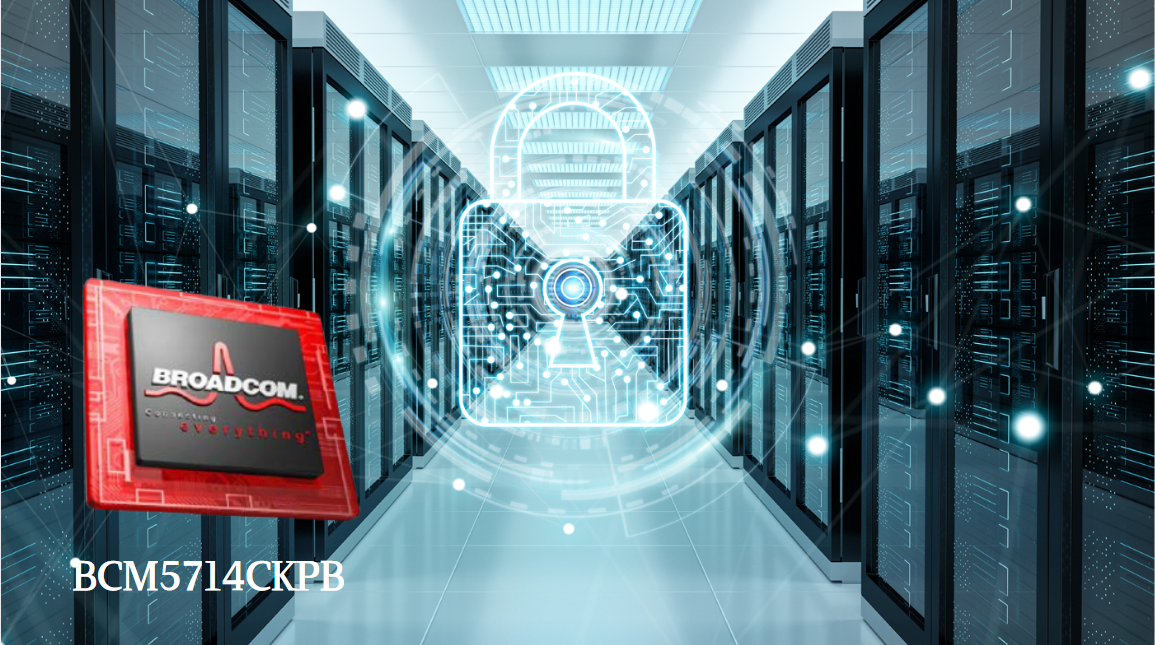
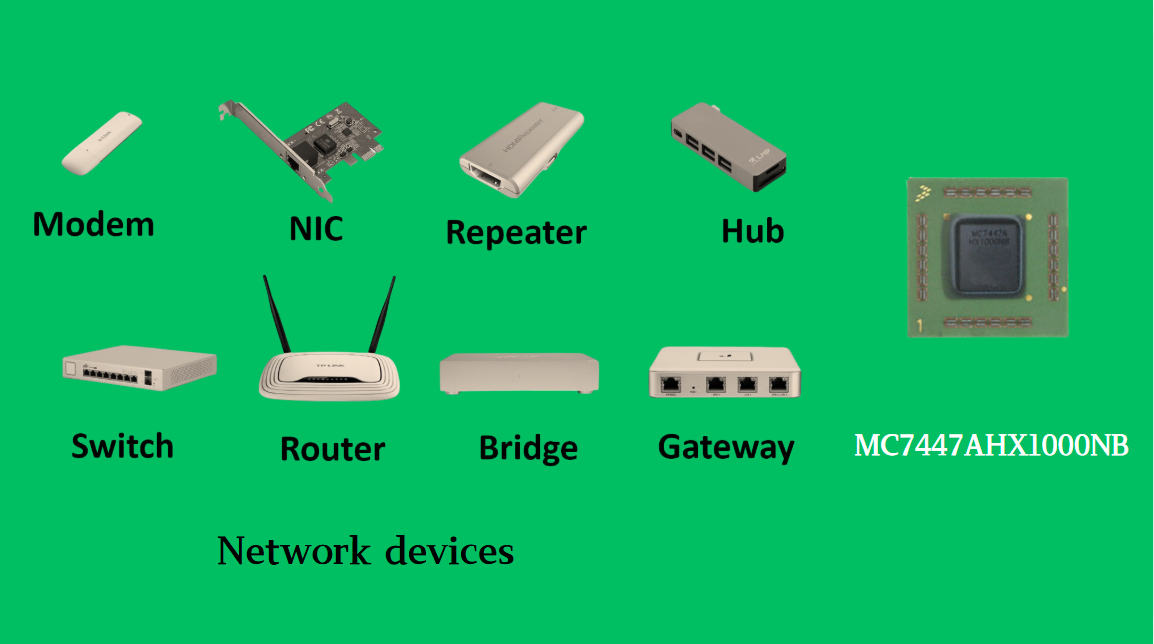
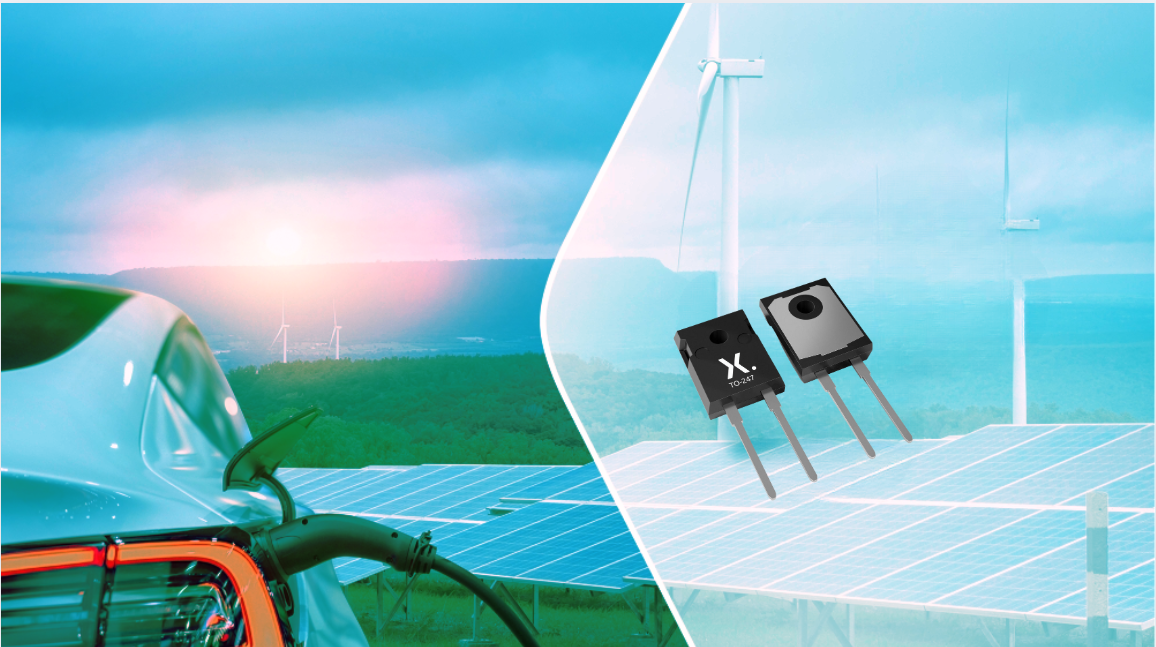







 Wishlist (0 Items)
Wishlist (0 Items) 